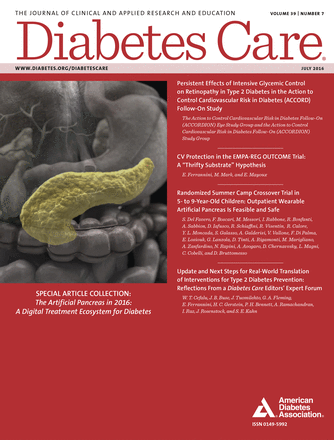Through the study of fat storage in nematode worms, researchers at UT Southwestern Medical Center at Dallas have formulated a new model for understanding the mechanisms of obesity and diabetes in humans. Their work appears in the January 13th (2003) issue of Developmental Cell.
"Obesity and its associated diseases are now among the most important medical conditions in the world," said Dr. Jonathan M. Graff, senior author of the study and associate professor in the Center for Developmental Biology.
"A billion people in the world are overweight, and during the next few decades, it will be one of the major health issues facing mankind. The alarming increase in obesity highlights the critical need to identify genes that are involved in regulating fat-cell development and function," he said.
Approximately 58 million Americans are overweight, and about 300,000 deaths annually are attributable to poor diet and inactivity, according to the National Institute of Diabetes and Digestive and Kidney Diseases. Nearly 70 percent of cardiovascular disease cases are related to obesity.
The American Diabetes Association reports about 17 million people suffer from diabetes, a disease in which the body does not produce or properly use insulin. In fact, it was the sixth-leading cause of death listed on U.S. death certificates in 1999.
Continue Reading Below ↓↓↓
To understand the genetic processes regulating fat biology, UT Southwestern researchers generated nematode worms (Caenorhabditis elegans) lacking two genes crucial for fat in mammals. Worms deficient in either gene displayed a lipid-depleted phenotype � pale, skinny, larval-arrested and lacking fat stores, said Graff.
"Our hypothesis was that the same or related genes would control fat storage in worms and mammals," Graff said. "We took a couple of the genes thought to be among the most important ones that control fat formation in mammals and eliminated their function in the worms. Notably, the worms did not accumulate fat; therefore, the worms appear to be a good model for fat biology, which opens the possibility that they can be exploited to improve human health."
Using this phenotype, a genetic screen then identified many additional genes that are necessary for fat accumulation in worms, Graff said.
"Several of the genes that we found had never been identified, and 90 percent of the discovered genes are also present in humans," Graff said. "Two of them are related to human fat diseases, and three we tested are required in mammalian models to generate fat. This small ancient organism with very few cells and relatively few genes seems to use many of the same genes as humans. We've established it as a model, we've found more genes, and now we're trying to link them to human biology."
Two of these genes encode components of the mitochondrial respiratory chain (biochemical processes in the mitochondria that produce energy), and when the chain was inhibited chemically in the worms or a mammalian fat-cell model, fat accumulation was markedly reduced. Gene mutations in the mitochondrial respiratory chain already have been linked to abnormalities in fat accumulation in humans, including lipodystrophy (a metabolic disorder causing changes in body fat).
Another protein that the team identified is present in human fat and required for fat storage in mammals.
Through this worm study, scientists now have crucial data toward developing therapeutics for lipodystrophy and other disorders, including obesity and diabetes.
"Because of the explosion of obesity and diabetes, there has been a huge amount of work to find the genes involved, but researchers really have not exploited the power of genetics," Graff said. "So, the identification of an appropriate invertebrate genetic model system might hasten the discovery of new genes important in fat biology. That is, the worms provide a platform to rapidly identify key proteins that regulate formation of fat, some of which might be targets for new therapies to treat obesity or diabetes."
Further, the research reinforces C. elegans as a tool in learning about the mechanisms that trigger the biology of fat-storing tissues. This is important because the worms are an inexpensive, rapid way to conduct accurate research, said Dr. Leon Avery, associate professor of molecular biology and a study author. C. elegans' generation time is four days, and 100,000 worms can fit on a small petri plate.
"There's been good work on the control of fat accumulation in mammals for many years, but there hasn't been a good model organism system," Avery said. "So, the field has been, so to speak, hopping along on one leg. The work on fat accumulation in worms establishes C. elegans as a model organism in which this problem can be studied, and thus supplies the other leg."
Continue Reading Below ↓↓↓
Source: University of Texas Southwestern Medical Center










